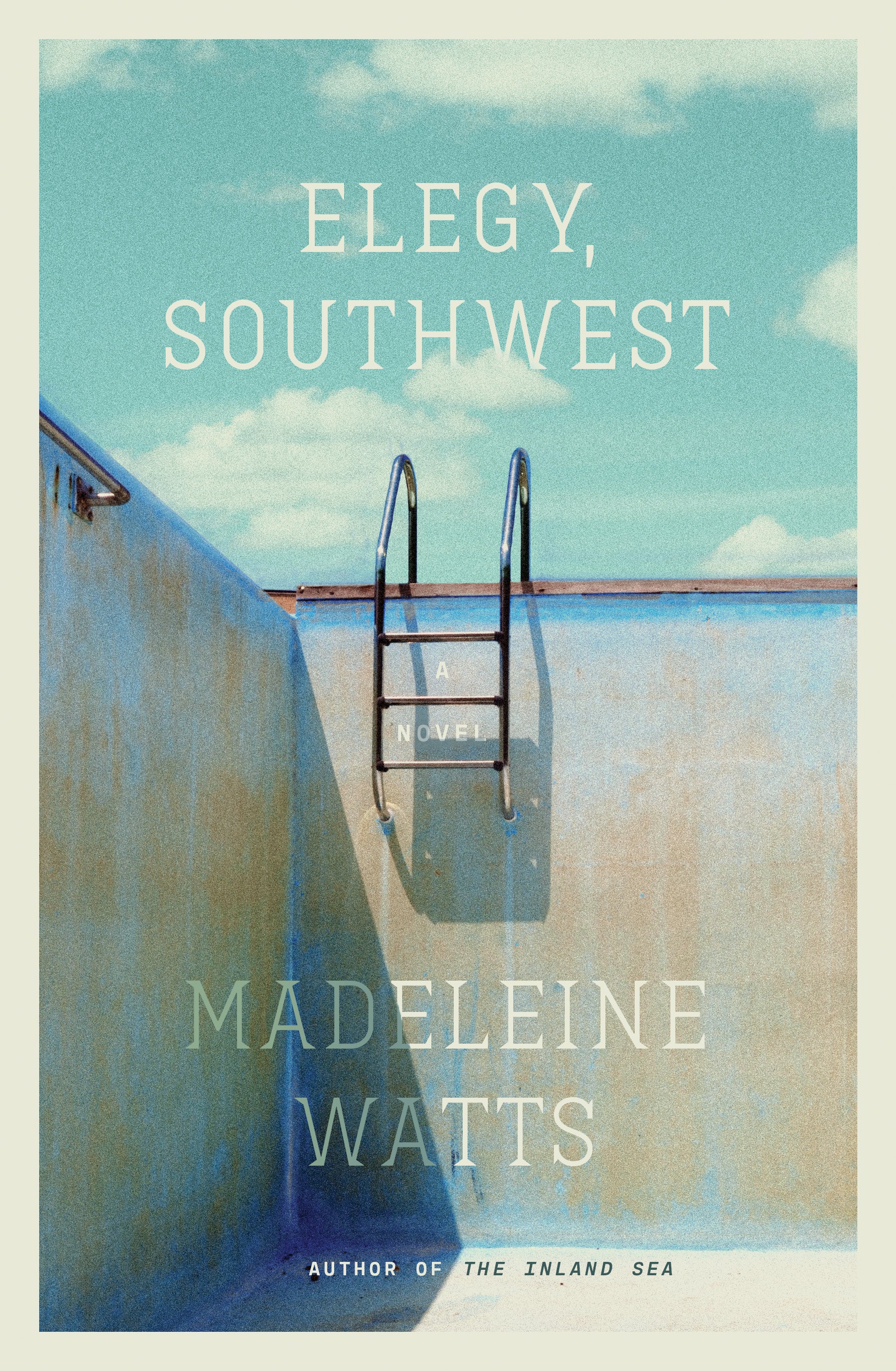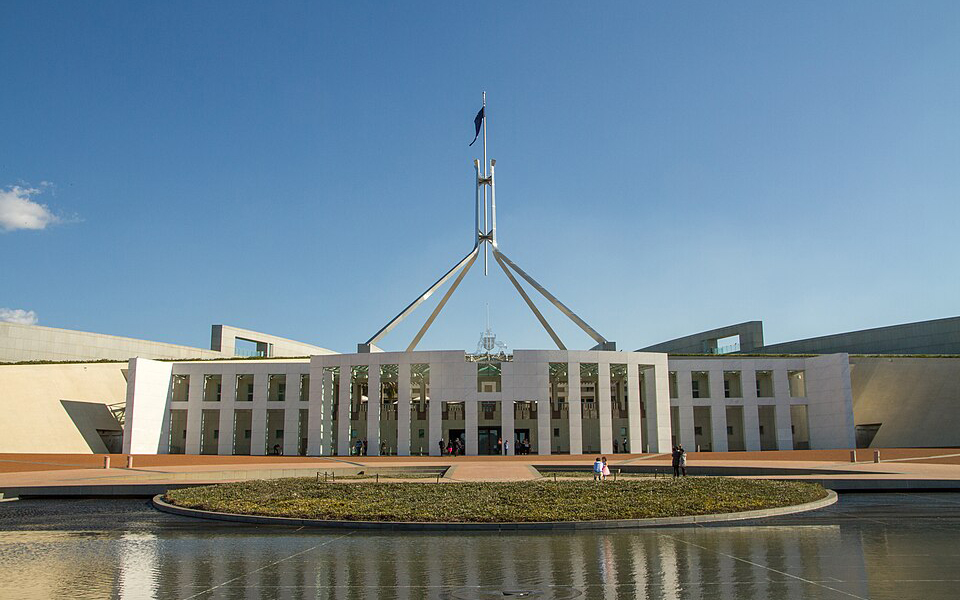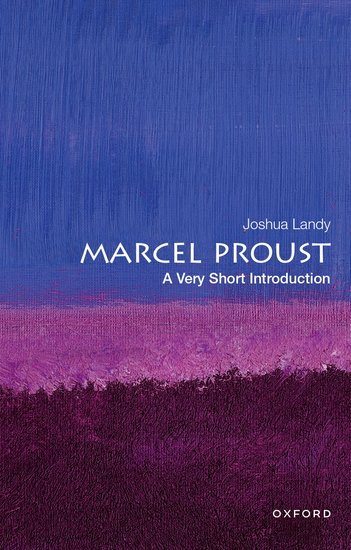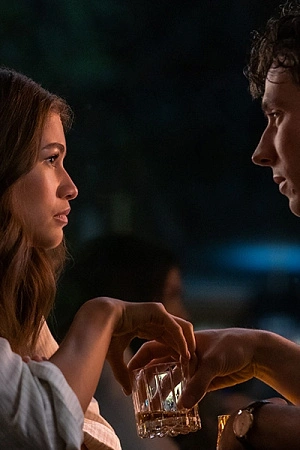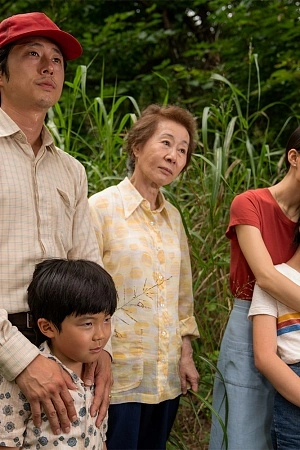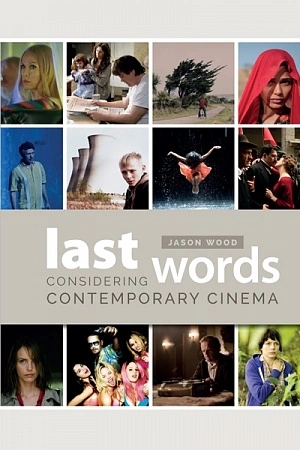Half of a Yellow Sun
A chronicle of Nigeria in the turbulent 1960s, Chimamanda Ngozi Adichie’s novel Half of a Yellow Sun (2006) is, to put it crudely, a page-turner: a story of love, sex, betrayal, horror, heartbreak, and, ultimately, forgiveness. In other words, ideal material for cinema: it is easy to understand why this film adaptation has been described by its star Thandie Newton as a Nigerian Gone with the Wind.
The film marks the feature début of writer–director Biyi Bandele, who is himself known as a novelist as well as for his stage work. Born in Nigeria, Bandele has spent virtually his whole career in the United Kingdom, but this qualifies as a Nigerian film all the same, shot partly on location and with most of the funding provided by local investors. Though the budget is low by blockbuster standards – there are no spectacular battle scenes – it is officially the most expensive Nigerian film yet made, a far cry from the usual rough-and-ready productions of ‘Nollywood’.
Continue reading for only $10 per month.
Subscribe and gain full access to Australian Book Review.
Already a subscriber? Sign in.
If you need assistance, feel free to contact us.

